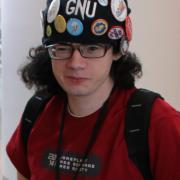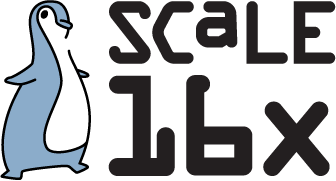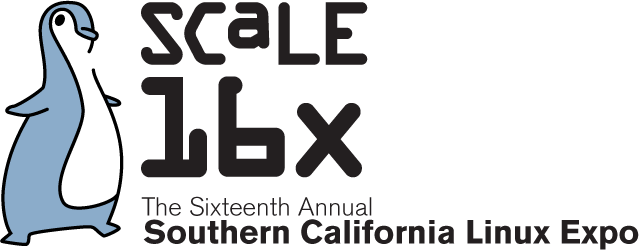Presentations
Right now there are 3 allocators for compressed objects (zbud, zsmalloc, z3fold) and 2 main users of these allocators (zswap, zram). However, you can't normally have all 6 combinations due to the restrictions of zram implementation which will be proved artificial in this talk.
Apart from that and the performance and compression ratio comparisons for the allocators mentioned, we'll discuss the ongoing z3fold streamlining work, such as evaluating lock-less lists, per-CPU lists, wider use of atomic operations, bit read-write locks and implementing support for movable z3fold pages.

Your developers have built the node.js application, now it is finished and ready for production. You will need to get it running in Kubernetes.

Learn about desktop publishing software Laidout (laidout.org), which contains various unusual tools helpful for vector graphics and page imposition for books. Tools include an interactive folder for book signatures, a clone tile interface, and a vector based engraving style illustration tool. A new feature is a node based editor, which aims to bridge the gap between artist focused WYSIWYG editing and the arcane power of coding, and attempts to provide some interoperability with node setups from other applications.

Building an embedded project means building a bootloader, kernel, and root filesystem (with so many choices). The OpenEmbedded system, which is at the core of the Yocto Project, uses the bitbake tool to orchestrate the building of an image for a particular embedded board. In this seminar we will introduce you to bitbake, writing simple recipes, and building a minimal image to be run on the PocketBeagle development board. This seminar will include hands on labs, so makes sure you bring a fast laptop with at least 100GB of free space.

The Internet today is plagued by many problems. From viruses and spam, to identity theft and piracy. We can solve those problems with Elastos, an Operating System for the smart web. It is a virtual operating system that runs in the cloud, uses blockchains to secure identities and data, a virtual network layer to protect agains unauthorized network access, and a virtual machine to sandbox untrusted code..
It will explore the approach that Elastos takes to achieve these goals, and gives a vision of a possible future internet.
How do breakpoints work? How does single stepping work? All tools that you may use in day-to-day life, but do you actually know how they work? During this talk, we will deepdive into the numerous tools Linux exposes that you can use to check and modify the state of another running process. Of course, most of it wouldn't be possible with just Linux support, so we will also have a brief look at the available hardware support

Embedded devices are all around us and have become deeply "embedded" into our daily lives : from micro controllers to "smart"-watches, routers and televisions, they are all around us. Many of us don't think twice about the root of control in these devices or even the software that runs on them. In some cases, manufactures lock users out from controlling these devices and cause a security nightmare when they stop supporting them. This session will cover a range of topics including : what libreCMC is, the project's goals and why Free Software is crucial in securing control and freedom.

